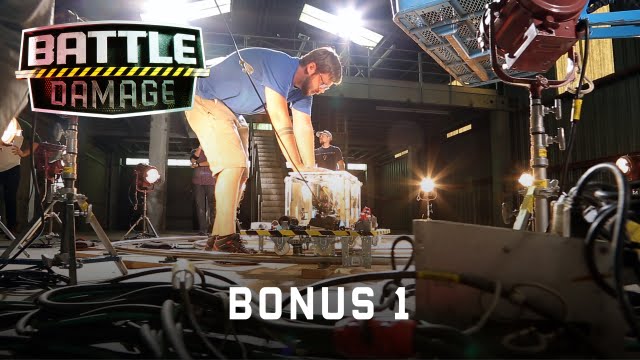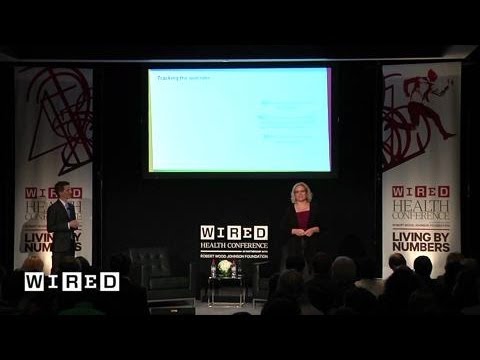The Lean Startup: Secrets to Minimizing Failure and Validating Learning
Summary
In this interview, Eric Ries, the author of “The Lean Startup,” shares his journey as a professional experimenter, discussing his failures and his quest to find a technical solution to the problem of discovering what customers want. He emphasizes the importance of validated learning, iteration, pivoting, and minimum viable products, while minimizing the likelihood of failure. Ries’s ideas are widely taught at Harvard Business School and have helped entrepreneurs worldwide minimize failure and validate learning.
Table of Contents
- The Origins of the Lean Startup: Eric Ries’s background and his journey to find a technical solution for customer discovery.
- The Importance of Failure: Why entrepreneurs should expect and learn from failure, and how to minimize it.
- Validated Learning: The unit of progress in a Lean Startup, and how to achieve it.
- Iterate, Pivot, and Minimum Viable Product: The rules to follow to minimize failure and maximize validated learning.
- Successes and Lessons Learned: The story of how Eric Ries even pre-sold thousands of copies of “The Lean Startup” before its launch, and what he learned from it.
Introduction
Welcome to an interview with Eric Ries, the author of “The Lean Startup.” Ries is a professional experimenter with a history of building unsuccessful products. He shares his journey to find a technical solution to the problem of discovering what customers wanted and how he had to go beyond just the technical problems to achieve it. The result is Ries’s methodology, which he calls the Lean Startup.
Q&A
The Origins of the Lean Startup
Q: Can you tell us more about how you became interested in startup methodology, and how you came up with the concept of the Lean Startup?
A: Sure. My background is as an entrepreneur, and I have had several failed startups. One of the things that always frustrated me was the lack of a technical solution for customer discovery. I always felt like I was driving a car without a steering wheel. I wanted to find a way to develop products that customers would actually want to buy.
So, I started doing some research, and I came across the idea of lean manufacturing, which emphasizes continuous improvement and minimizing waste. I realized that I could apply a similar approach to startups. I called it the Lean Startup to acknowledge the debt from lean manufacturing.
The Importance of Failure
Q: You have mentioned that you have built several unsuccessful products. How did you handle failure, and what advice would you give to entrepreneurs who are afraid of it?
A: Failure is painful, but it is an essential part of the entrepreneurial journey. I have failed numerous times, so I have developed a tolerance for it. What’s important is to learn from failure and avoid repeating the same mistakes.
One of the biggest mistakes that entrepreneurs make is not stepping outside of the “reality distortion field.” It’s easy to get caught up in your own vision and get tunnel vision. Entrepreneurs need to check if their idea is not driving a car off a cliff by testing it with real customers early on.
Validated Learning
Q: Can you explain what validated learning is, and why it is the unit of progress in a Lean Startup?
A: Validated learning is a process of developing a hypothesis about customer needs, testing the hypothesis through experiments, and learning from the feedback. The goal is to validate or invalidate the hypothesis as quickly and cheaply as possible. This is the unit of progress in a Lean Startup because it is the only way to know if you’re building something that customers want.
Without validated learning, you’re just guessing and creating waste. Anything that does not contribute to learning is a waste, including building too robust of a product or launching it too big.
Iterate, Pivot, and Minimum Viable Product
Q: Can you explain the concepts of iteration, pivoting, and minimum viable product, and how they help minimize failure and maximize validated learning?
A: By iterating, we mean creating a small experiment that tests a single hypothesis, getting feedback from customers, and using that feedback to refine the idea. We do this over and over again until we have a product that customers want. This is the essence of validated learning.
Pivoting is shifting your approach when you discover that your original hypothesis was incorrect. Pivoting is not failure, but a natural response to learning.
A minimum viable product is the smallest experiment that can test a single hypothesis. Sometimes a minimum viable product is just putting an idea out there to see if anyone responds to it. By creating a minimum viable product, you can minimize waste and maximize validated learning.
Successes and Lessons Learned
Q: Can you share a story of how the Lean Startup approach helped you achieve success, and what lessons you learned?
A: Sure. When I wrote “The Lean Startup,” I pre-sold thousands of copies a year before its official release. I did this by creating a landing page experiment, which tested if the concept of the book resonated with people. I then used that data to build a list of early adopters who would pre-order the book.
When the pre-orders came in, I had to manually enter them into Amazon and Barnes & Noble to count them in analytics and rankings. It was a strange and inefficient process, but it worked. This approach helped me validate my hypothesis and minimize waste.
Another lesson I learned is that the publishing industry is weird. It doesn’t work like a normal business, so I had to create my own market by building an audience and pre-selling the book.
Conclusion
The Lean Startup approach is a powerful method for minimizing failure and validating learning. By focusing on customer discovery and validated learning, entrepreneurs can create products that customers want, without wasting time and resources. The concepts of iteration, pivoting, and minimum viable product help to achieve this. Although the publishing industry was odd, “The Lean Startup” was successful, and its ideas are taught in courses at Harvard Business School.







